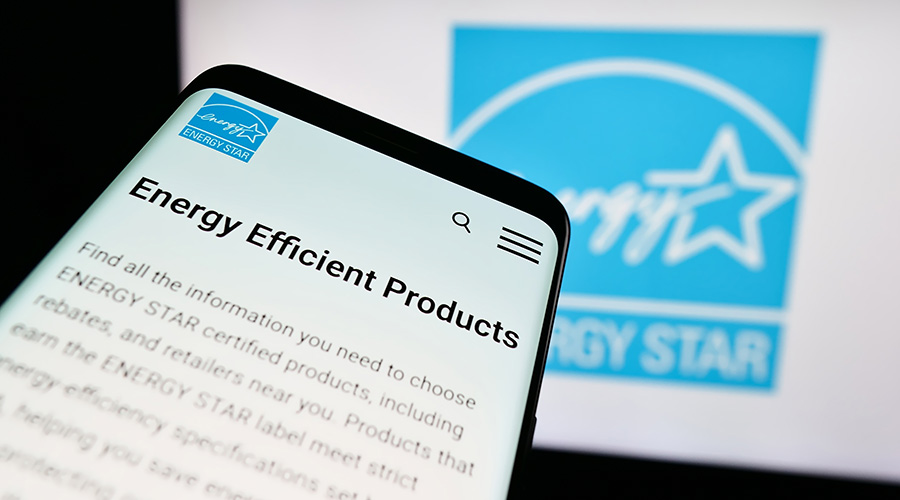Better Buildings Challenge Offers Benefits Beyond Just Learning
Holesko cites one final potential benefit for Better Buildings Challenge members: networking. Beyond the chance for learning, which is certainly the case, Holesko says networking through the Better Buildings Challenge might be a chance to save money on upgrade projects. Several manufacturers, service providers, and financial institutions are members of the Better Buildings Challenge as well. Holesko mentions a window film project he's working on, for which he thinks he might get preferred pricing from another Challenge participant. "One of the biggest benefits is the items that fall outside our standard payback period may get another look because of alliances with Better Buildings Challenge partners," he says. "As a member, you may get better products on services, products, or financing."
Oftentimes, financing for energy projects is a huge barrier, says Vargas. Better Buildings Challenge members may have access to new, innovative financing models, she says.
So while the benefits of the Better Buildings Challenge are tangible and real for the initial members, and will soon be tangible and real for the marketplace at large, how can other organizations benefit more fully now?
The simple answer is to join the Challenge themselves. Any organization can do so, says Vargas. They just have to make the same commitment (20 percent by 2020), agree to report data, and designate a showcase project and an implementation model.
"Everyone thinks they're doing efficiency," says Vargas. "But not everyone is pursing efficiency cost-effectively." And that's where the Better Buildings Challenge can help — by focusing energy on overcoming obstacles to efficiency.
Putting the House in Order
Some facility managers may get stuck on the every-six-months reporting requirement — whether because the data just isn't there, because the data isn't as good as a facility manager hoped, or because reporting may seem like extra work.
Taking the first hesitancy first, Vargas says that the Better Buildings Challenge should be motivation to get data in order, so she hopes that organizations that don't exactly have the most organized energy analytics may join as a way to get their data under control.
Secondly, when the data is reported to the public, the buildings are anonymous, so no one will know which specific organization is the proud owner of an energy hog, if that's the case. But if facility managers are embarrassed by their energy data, they may have bigger issues than whether or not anyone sees that data, so it might be a good idea to spend time developing an energy-saving plan before worrying about who sees the data.
Finally, the last thing the Better Buildings Challenge wants, says Vargas, is be onerous in its reporting requirements. Therefore, organizations can use systems already in place, whether that's an Excel spreadsheet, Portfolio Manager, output from an energy management system, or simply asking the utility to report directly to the Better Buildings Challenge.
However a facility manager watches energy use, the Better Buildings Challenge is one way to begin to get a handle on ways to increase efficiency and systemize strategies. Also, it's a great opportunity to participate in a community that is working to accomplish similar goals.
"We really want people to take advantage of what the leaders are doing," says Vargas. "The goal here is to be a barrier-buster; to drive further, faster."
Related Topics:













